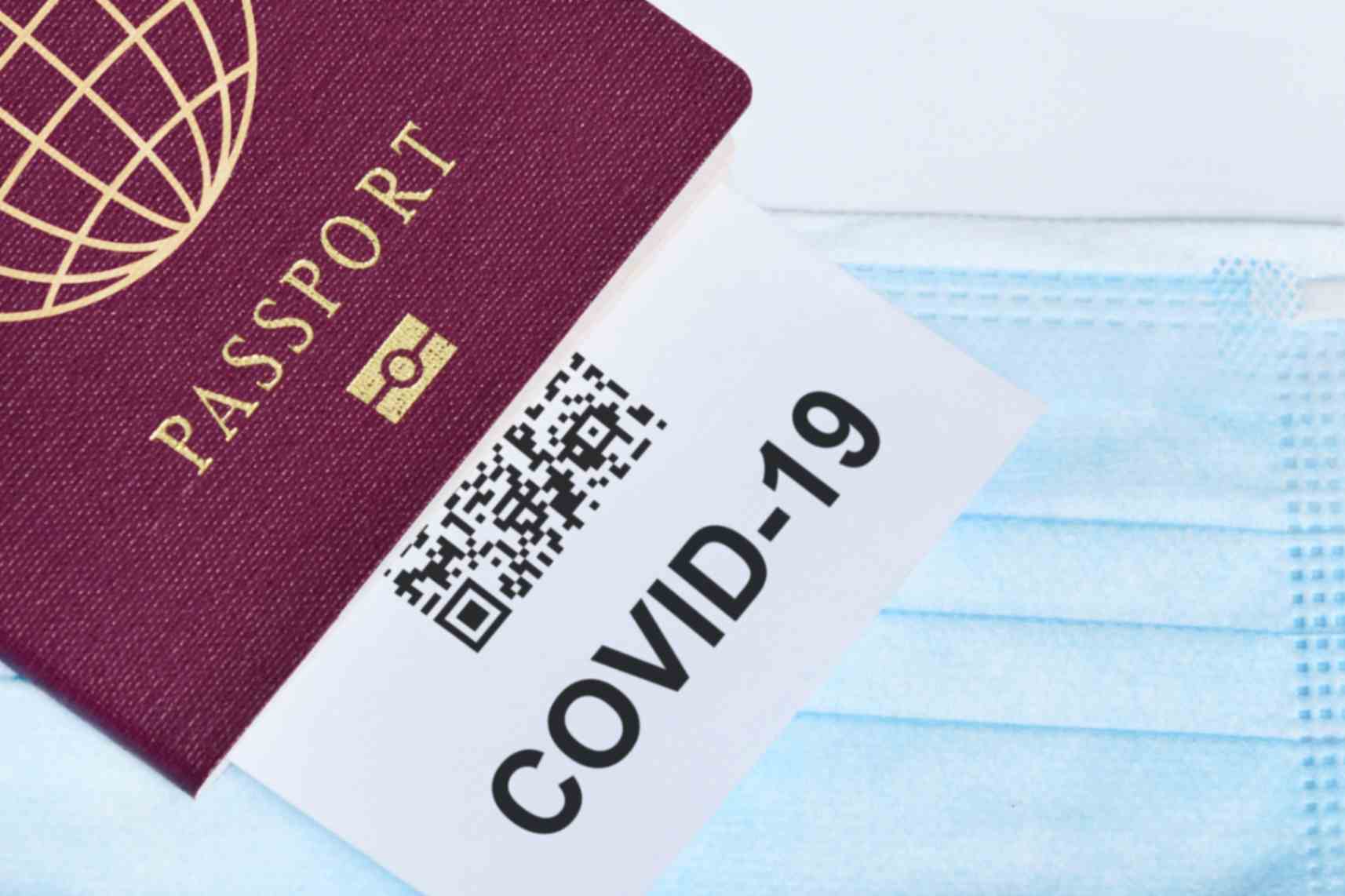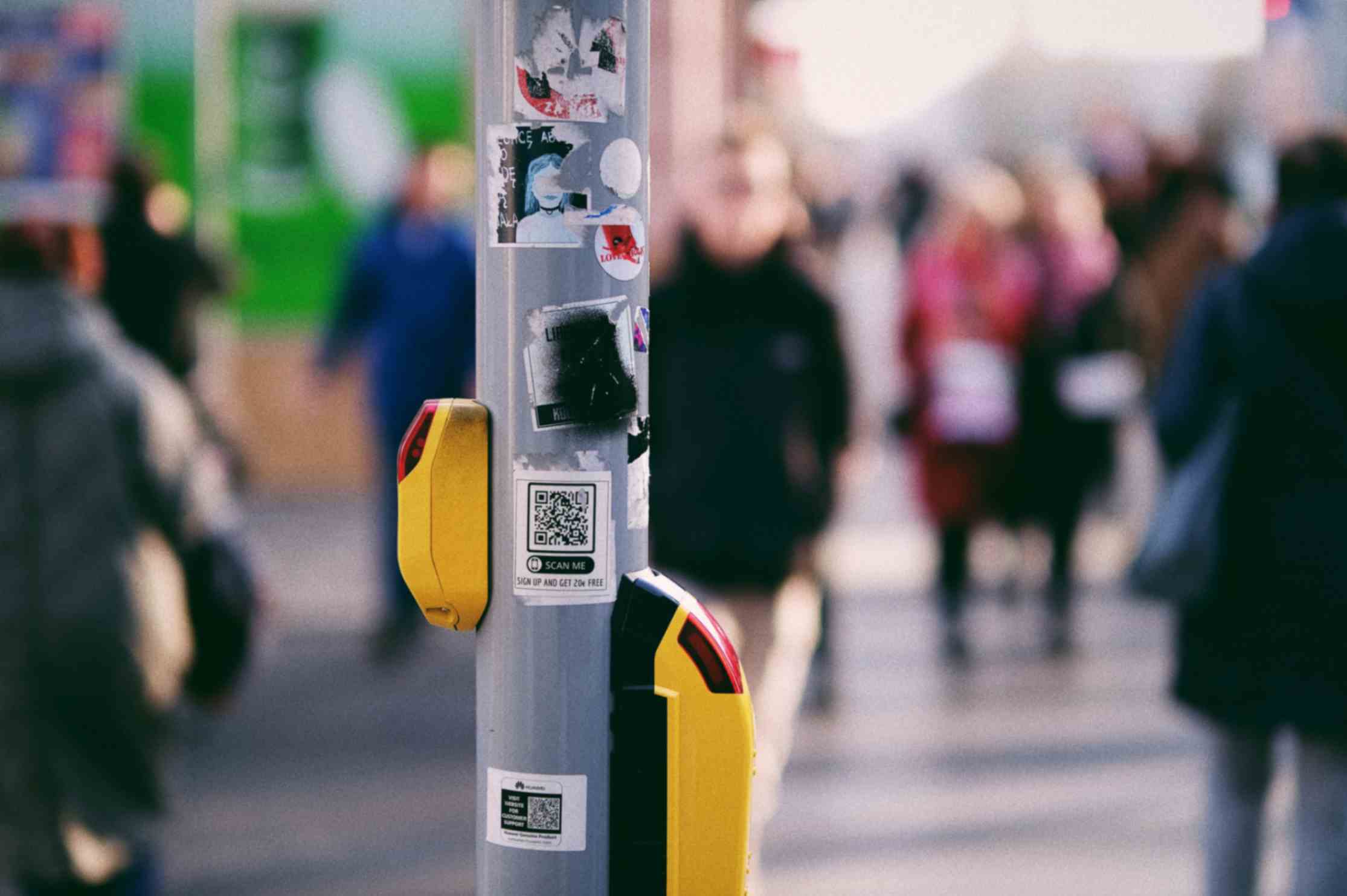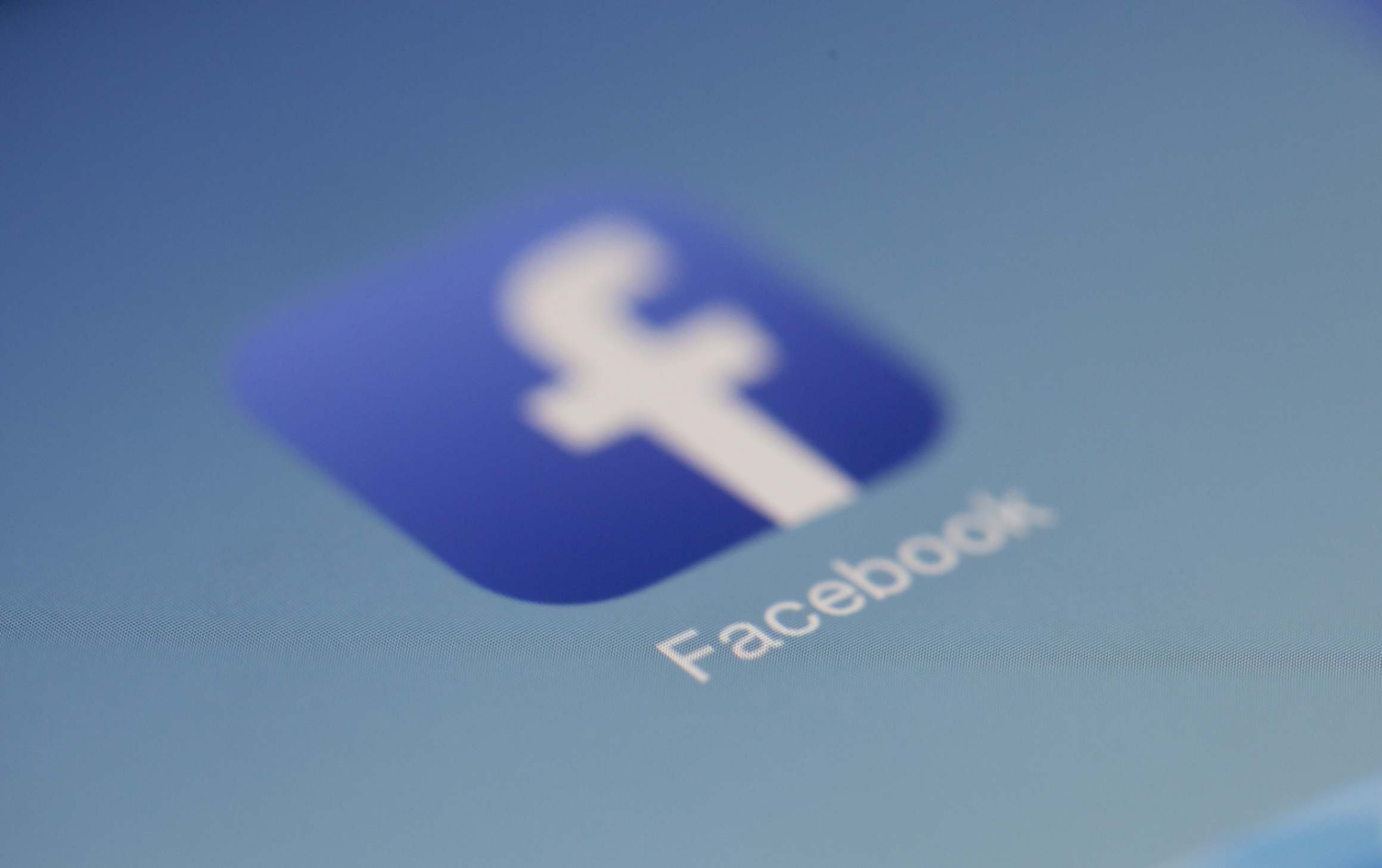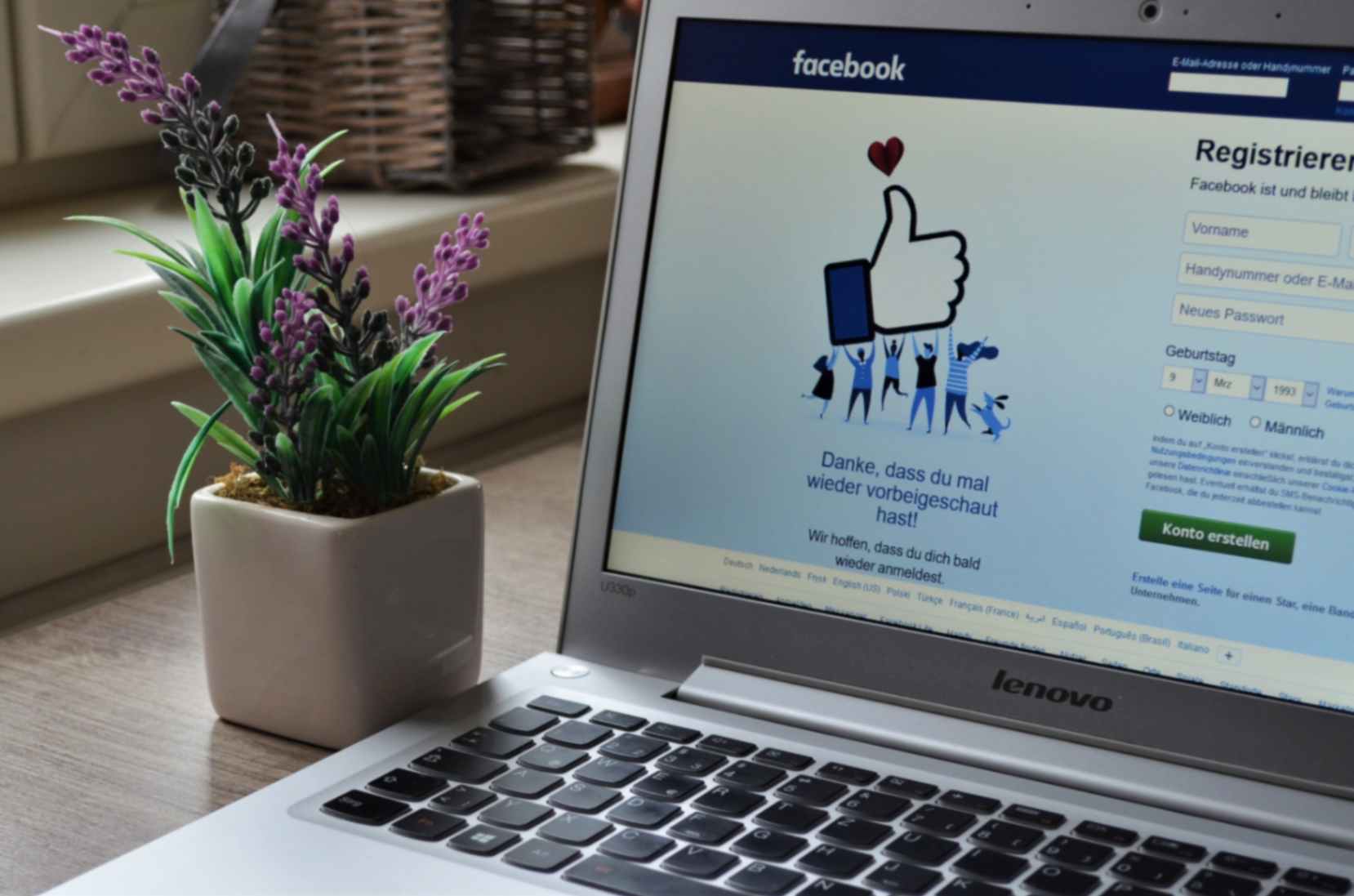Can a QR Code Contain an Image?
Jonathan Palley
Mar 16, 2024
Wondering whether you can use QR codes to link to an image? The short answer is “yes.” QR codes are a versatile tool that you can use for a variety of purposes including storing an image.
How is this possible?
QR codes or Quick Response codes are a type of matrix barcodes that you can scan with a mobile phone. The content stored in QR codes is then encoded which usually appears in a black-and-white matrix.
How to create an image QR code?
QR codes have gained massive popularity in recent years. With its ability to instantly share information, it is no wonder that it has become a common sight in every business establishment.
To create an image QR code, it is recommended that you use QR code generator tools. There are a lot of free tools that you can use online that offer full access to their main features such as QR Code Generator Hub.
Here's how you can use this:
Step 1: Visit QRCodeGeneratorHub.com.
Head to QRCodeGeneratorHub.com using any browser on your mobile device or desktop. This widely-used QR code generator lets you effortlessly create an unlimited number of dynamic QR codes without any charges.
Step 2: Upload your chosen image or digital content.
Dynamic QR codes can serve various purposes, tailored to your specific needs. If you aim to generate dynamic QR codes that direct users to an image, simply click on the "image" option within the digital content types and upload your selected image. Alternatively, you can consider choosing the "URL" option to input the link for the image you wish to share.
Above the text box, you'll find options for different digital content types, such as PDFs, images, vCards, and applications. Note that available fields may vary depending on the type of digital content.
For example, creating a vCard QR code will present a form for entering contact information, while an application QR code will enable you to attach a download link. One advantage of dynamic QR codes from QR Code Generator Hub is their flexibility; you can modify their functionality at any time, even after printing.
Step 3: Customize the design of your Dynamic QR Code.
QR Code Generator Hub provides limitless and free customization options for your dynamic QR code's design. Use this dynamic QR code generator to tweak the logo, colors, style, border, and text to align with your brand and use case.
Step 4: Download your personalized Dynamic QR code.
If you're not registered, simply click the download button to save the dynamic QR code to your computer. If you've signed up, select the appropriate file format to ensure compatibility with your intended device.
Step 5: Integrate the QR code into your marketing materials.
Incorporate your dynamic QR code into your marketing materials, whether in print or digital form. Place it prominently for easy visibility by your customers or audience.
A notable benefit is the ease with which you can modify the functionality of your dynamic QR codes by logging in, eliminating the need for reprinting or adapting to changing marketing priorities.
These are the five simple steps that you can follow to create your own unlimited QR code effortlessly.
Example Use Cases for Image Dynamic QR Code
Image QR codes are not only meant to help you share images. In fact, there are actually many possibilities to use just by thinking outside the box. Here are some great examples that can inspire you:
1. Art Galleries and Museums
In art galleries and museums, QR codes don't just accompany exhibits; they transform the entire experience. Imagine an art enthusiast standing before a masterpiece, scanning a QR code, and instantly delving into a virtual realm of supplementary information. These dynamic codes unlock access to in-depth narratives, artist interviews, or even virtual walkthroughs, enhancing the appreciation and understanding of each piece.
2. Product Packaging
The use of QR codes on product packaging extends beyond providing basic information. It transforms the act of unboxing into an interactive journey. Customers can scan the code and instantly access not just assembly instructions or warranty details, but immersive product demonstrations, user testimonials, and perhaps even exclusive promotional offers. It's not just about the product; it's about the entire experience that comes with it.
3. Real Estate Listings
In the world of real estate, QR codes serve as virtual keys, unlocking a treasure trove of property details. Prospective buyers scan a code on a "For Sale" sign, and voila! High-quality images, virtual tours, or complete floor plans appear on their devices. It's a seamless journey through a potential dream home, all triggered by a simple scan.
4. Restaurant Menus
For food enthusiasts, QR codes on restaurant menus open up a culinary adventure. Scan the code next to a dish, and instantly access a gallery of tantalizing food photographs, read customer reviews, or even obtain nutritional information. It transforms dining into a multimedia experience, where each dish tells a story beyond its taste.
5. Educational Materials
In the realm of education, QR codes embedded in textbooks, workbooks, or instructional posters bridge the gap between traditional learning and interactive engagement. A scan opens up a world of supplemental information — interactive quizzes, video lectures, or even virtual field trips. Learning becomes a dynamic journey, with textbooks turning into gateways to a wealth of knowledge.
6. Business Cards
Business cards are no longer just a static exchange of information; they are a gateway to a digital connection. Attach a QR code to your business card, and when someone scans it, they not only save your contact details but also gain instant access to your portfolio, social media profiles, or a personalized introduction video. It's networking in the digital age, making lasting impressions with a simple scan.
7. Event Invitations
Event invitations become more than just pieces of paper; they become keys to memorable experiences. Embed a QR code, and guests gain instant access to event details, venue maps, schedules, or exclusive pre-event content. It adds a layer of anticipation and interactivity, turning every invitation into a portal to a unique and immersive event experience.
8. Tourist Attractions
QR codes at tourist attractions go beyond maps. They become digital guides, offering historical insights, audio narratives, or even virtual tours. Tourists scan a code, and suddenly, they're immersed in the rich history of a site or exploring its hidden corners through a virtual lens. It's like having a personal tour guide in the palm of your hand.
These are some of the popular ways to use dynamic QR codes. Take note that you are free to explore other potential uses based on your business or individual needs.
If you want to learn more about dynamic QR codes for images and their other uses, you can visit our Academy and YouTube channel to access our free online resources.



